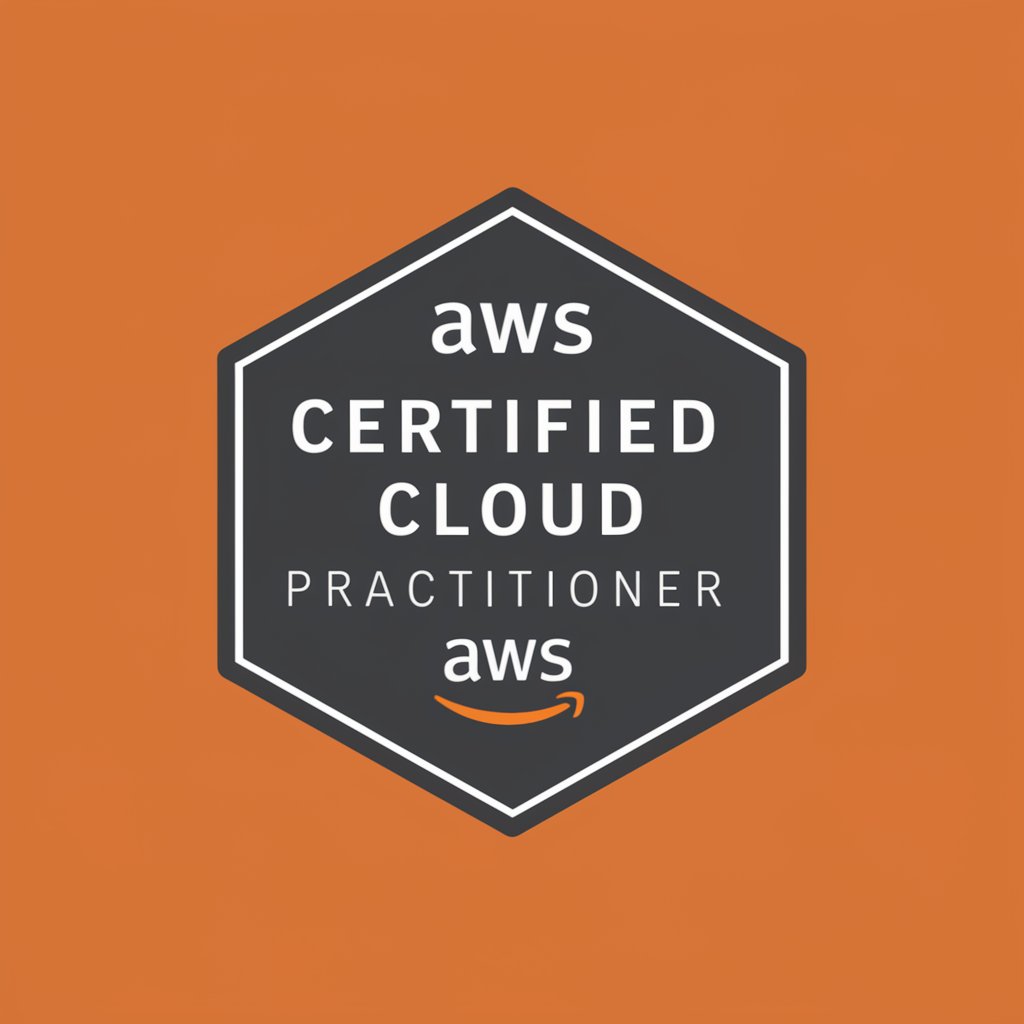Understanding Cloud Concepts for the AWS Certified Cloud Practitioner Exam - part #5
 gaurav singh
gaurav singh665 Questions - AWS Certified Cloud practitioner Practice exams : https://www.udemy.com/course/aws-certified-cloud-practitioner-practice-exams-clf-c02-2024/
390 Questions - AWS Cloud practitioner Practice exam : https://www.udemy.com/course/aws-cloud-practitioner-practice-exam-clf-c02-mock-tests
Cloud Deployment Models
As businesses increasingly adopt cloud computing, understanding the various cloud deployment models becomes essential. Each model offers unique benefits and suits different organizational needs, making it crucial to choose the right one for your business strategy. In this post, we’ll explore the main cloud deployment models: public, private, hybrid, and multi-cloud, and how they can impact your IT infrastructure.
Public Cloud
The public cloud is the most common deployment model where cloud services are delivered over the internet by third-party providers like AWS, Microsoft Azure, and Google Cloud Platform. It offers significant advantages such as scalability, cost-efficiency, and reduced maintenance. With the public cloud, businesses can quickly scale their resources up or down based on demand without worrying about managing physical hardware.
One of the key benefits of the public cloud is its pay-as-you-go pricing model. Companies only pay for the resources they use, making it an economical choice for startups and small businesses. Additionally, public cloud providers offer a wide range of services, from storage and computing power to advanced analytics and machine learning tools, making it a versatile option for various use cases.
Private Cloud
The private cloud is a deployment model dedicated to a single organization. It can be hosted on-premises or by a third-party provider but is not shared with other organizations. This model offers enhanced security, control, and customization, making it ideal for businesses with strict compliance requirements or sensitive data.
While the private cloud provides greater control and security, it can be more expensive and complex to manage compared to the public cloud. Organizations need to invest in hardware, maintenance, and skilled personnel to manage the infrastructure. However, for industries like finance and healthcare, where data privacy is paramount, the private cloud is often the preferred choice.
Hybrid Cloud
A hybrid cloud combines elements of both public and private clouds, allowing businesses to take advantage of both deployment models. It enables organizations to keep critical workloads on a private cloud while leveraging the scalability and cost-effectiveness of the public cloud for less sensitive operations.
The hybrid cloud offers flexibility and agility, allowing businesses to optimize their IT infrastructure based on specific needs. For instance, a company can run customer-facing applications on the public cloud to handle traffic spikes while keeping sensitive data and critical applications on a private cloud. This approach ensures a balanced mix of security, performance, and cost-efficiency.
Multi-Cloud
The multi-cloud model involves using multiple cloud services from different providers to meet various business needs. By adopting a multi-cloud strategy, organizations can avoid vendor lock-in, improve resilience, and optimize costs. This approach allows businesses to choose the best services from different providers, enhancing their overall cloud strategy.
A multi-cloud deployment can be complex to manage, requiring robust integration and management tools. However, it offers the flexibility to select the best-in-class services for different workloads, ensuring optimal performance and cost-efficiency. For large enterprises with diverse IT requirements, the multi-cloud model can provide significant strategic advantages.
Choosing the Right Cloud Deployment Model
Selecting the right cloud deployment model depends on several factors, including your organization’s size, industry, regulatory requirements, and specific IT needs. Here are a few considerations to keep in mind:
Security and Compliance: If your business deals with sensitive data or has stringent compliance requirements, a private or hybrid cloud might be the best fit.
Cost and Scalability: For startups and small businesses, the public cloud offers cost-efficiency and scalability without significant upfront investments.
Flexibility and Agility: A hybrid or multi-cloud approach provides flexibility, allowing businesses to leverage the strengths of different cloud providers and models.
Conclusion
Understanding the various cloud deployment models is crucial for businesses looking to optimize their IT infrastructure and leverage the benefits of cloud computing. Whether you choose a public, private, hybrid, or multi-cloud model, each offers unique advantages to suit different organizational needs.
Ready to dive deeper into cloud computing and prepare for your AWS Cloud Practitioner certification? Check out our AWS Cloud Practitioner Practice Exam course on Udemy. Our comprehensive practice exams will help you master the concepts and ace the AWS Certified Cloud Practitioner exam. Enroll today and take the first step towards becoming an AWS expert!
By understanding and leveraging the right cloud deployment model, you can ensure your business remains competitive and agile in today’s rapidly evolving digital landscape.
Subscribe to my newsletter
Read articles from gaurav singh directly inside your inbox. Subscribe to the newsletter, and don't miss out.
Written by

